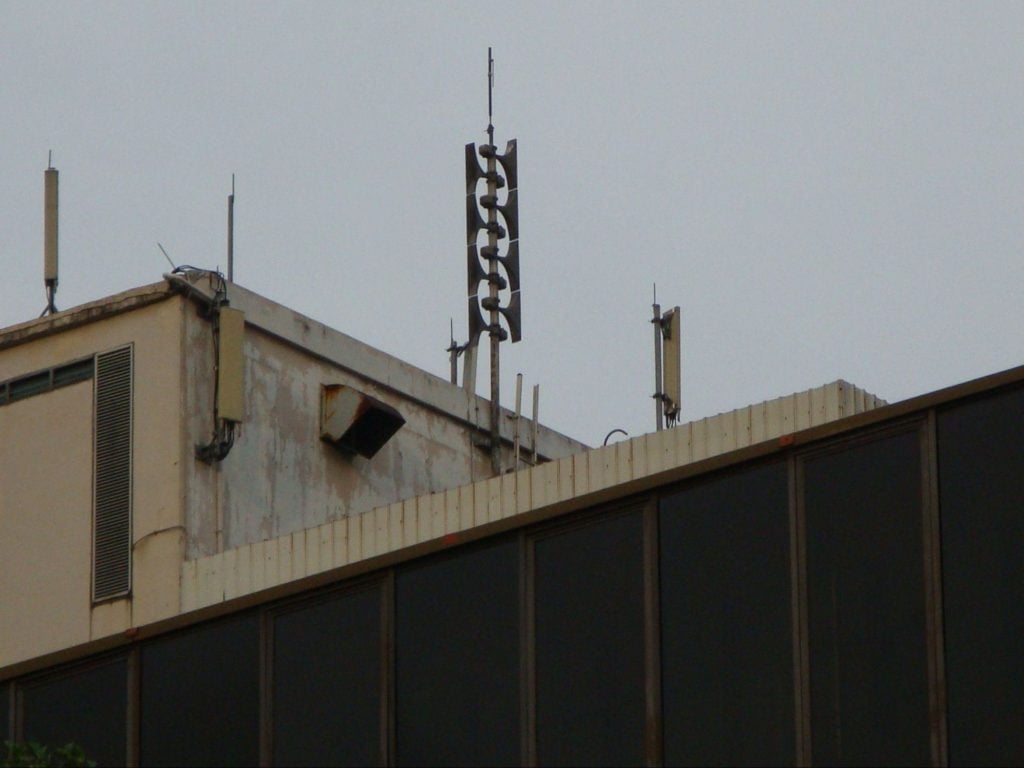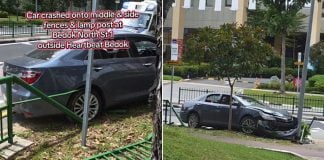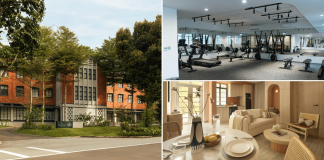Poll Shows 44% Of Singaporeans Know Exactly What To Do When Public Warning System Sounds
Every year at 6.20pm on 15 Feb and 15 Sept, people across Singapore hear the wailing minute-long blast of the Public Warning System (PWS).
This is part of the Singapore Civil Defence Force’s (SCDF) annual exercise, which aims to familiarise the public with the PWS signals and what they should do upon hearing them.
If you went: “Huh? ‘Signals’ plural? You mean there’s more than one?”, you’re not alone.
A recent poll by MS News showed that 33% of respondents were not aware that there are three types of PWS signals.
So what are the other two, and what do they mean? Read on and be enlightened.
33% of Singaporeans only know of one PWS signal
On 22 Jan, MS News put up a poll asking: “What would you do if you heard a Public Warning System (PWS) signal?”
Out of the 385 people who responded, less than half (44%) said that they would identify which of the three signals it is before acting accordingly.

23% admitted that they would do nothing as they’re unsure of how to respond, while about one-third didn’t even know that there was more than one PWS signal.
A 28-year-old artist who wanted to be known as Diana had voted for the latter.
“I don’t remember learning about three signals back in school, but maybe I didn’t retain much from Total Defence Day because Singapore seems so safe, I might have taken it for granted,” she said.
What do the 3 Public Warning System signals mean?
As its name suggests, the PWS is a network of sirens located at strategic points around Singapore that warn the public of impending threats.

Source: Wikimedia Commons
The PWS signal that’s played every year is the “Important Message” signal, which directs the public to tune into any local television channel or radio station to hear, well, an important message.
There is also the “Alarm” signal, which sounds when there is an imminent air raid. When you hear that, you should immediately make your way to your nearest shelter.
Civil Defence (CD) public shelters are available at many places including MRT stations, schools, HDB basements or void decks, community centres, and more.
Once it’s safe to leave the shelter, you will hear the comforting “All Clear” signal, which was previously sounded island-wide during the National Day celebrations in 2020.
You can hear the three different PWS signals in the playlist below:
Increasing Singapore’s readiness for crises with simulated disruptions
Besides knowing what to do when you hear the PWS signal, it’s also important to be ready for various disruptions in the event of any crisis or threat.
2024 marks the 40th anniversary of Total Defence (TD40), a national defence strategy where every Singaporean has a part to play in building a strong and secure nation.

Brigadier-General Kelvin Fan, Chairman of TD40, speaking at the launch of TD40 on 22 Jan
Source: Ministry of Defence, Singapore (MINDEF) on Facebook
As part of the year-long campaign, a simulation exercise called ‘Exercise SG Ready’ will be taking place at all schools as well as participating businesses and organisations from 15 to 29 Feb.
Exercise SG Ready will simulate disruptions of water, food supply, power, digital connectivity and a civil emergency arising from widespread cyberattacks and disinformation campaigns.
Participating organisations may choose to run one or more of the simulations for at least an hour on their chosen date.
For example, they may simulate a water disruption by turning off the water supply in the washroom. Better stock up on hand sanitisers.

Source: vladeep on Canva, for illustration purposes only
They could also turn off the electricity – which means no lifts, escalators, or aircon – or unplug the Wi-Fi – gasp! – for a pretend cyberattack.
Those with a CD shelter on their premises may also choose to open it up for visitors. This will help familiarise the public with the location of their nearest shelter and what to expect inside.

Source: Singapore Civil Defence Force on Facebook
A food disruption can be simulated by eating only items with a long shelf life, such as canned or dried goods. Shops may also temporarily stop the sale of fresh items such as eggs and meat.
Exercise hopes to inspire Singaporeans to think about their readiness for disruptions
What Exercise SG Ready hopes to achieve is to help Singaporeans become more resilient and adaptable when facing such disruptions.
At the very least, it should get them thinking about whether they’re really prepared for such disruptions and make them more aware of the importance of Total Defence.
To find out which locations are taking part in Exercise SG Ready, the dates they are happening on, and for more information, click here.
You can also refer to the Exercise SG Ready 2024 guide for details on how to conduct your own simulated disruption activity.
Alternatively, organisations may choose to run their own self-facilitated Total Defence table-top exercise, which does not require additional permission from Nexus, MINDEF, using this guide.
It pays to be prepared
Like Diana, many of you might have also thought: “Singapore is so safe, there is nothing to worry about.”
While we are indeed blessed to be living in a peaceful country, the last thing anyone should be is complacent.
As long as we’re equipped with the knowledge of what to do should a disaster hit our shores, not only can we live life feeling confident and optimistic about the future, but we will also have a deeper appreciation for what we have now.
This post was brought to you in collaboration with Nexus, MINDEF.
Featured image adapted from Wikipedia and Patcharin on Canva.









